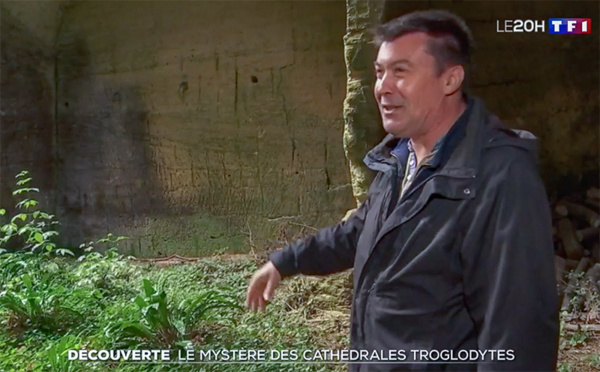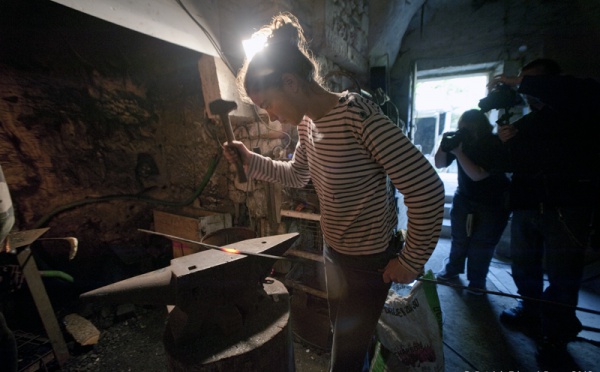The Fascination the Dogon Exert on the West

From Marcel Griaule’s expedition in 1930, to this exhibit, and including the inscription of the Dogon country as a UNESCO World Heritage Site: all evidence of the fascination the Dogon hold for Westerners, the result of an intact culture, an extraordinary mythology, imposing landscapes, art and mysterious rituals. The numbers are revealing: there are reputedly 1,700 written documents and 150 films on the subject. Another telling figure is the 4,000,000 € that the museum paid for the highlight of the exhibit, a pre-Dogon Djennenke statue. And one of the first expeditions (1931- 1933), led by Marcel Griaule and Henri Georges Rivière, returned with, among other “plunder,” 3,600 objects. Whence this commentary from Michel Leiris in “Phantom Africa”: “They pillage the Blacks, saying that they are there so the Blacks will come to know them and to like them, which really means to train other ethnographers who will also go and ‘like’ them and ‘pillage’ them.”
The Dogon Resist and Adapt
So far it’s an old story. But this is different. The Dogon people are used to struggling with a hostile environment: a harsh land, Muslim expansion, colonization (dissimulated, to a degree) and tourism. Originally used as sacred objects, the masks can seem like living, breathing creatures during a funerary ritual, but they die when taken out of context, or languish under Muslim prohibitions. But Art is alive, and the Dogon are very much alive. Using the new interest of Westerners as a springboard for a new lease on life, the Dogon have bounced back in a new incarnation. A whole tourist “industry” has evolved and provides needed income. It goes so far as to use modern materials (recycled flip-flops) in works currently exhibited at the American Museum of Natural History of New York. Dogon art is very much alive. That’s the backdrop of a magnificent exhibit in terms of the works that are displayed but which should have provided more of the human details. Behind the masks, there are real people.

















